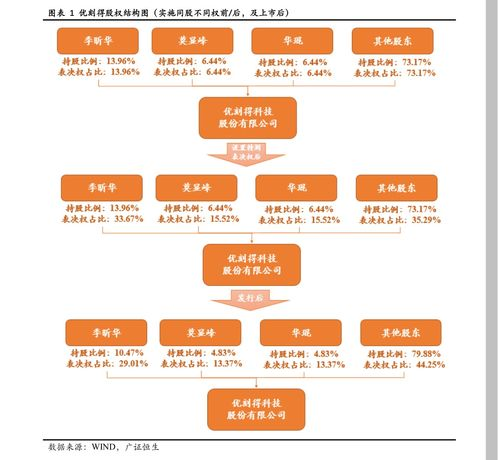Average Directional Index, ADX: Understanding and Utilizing Market Strength
The Average Directional Index (ADX) is a critical indicator used in financial markets to evaluate the strength of a trend. In this article, we will delve deeper into the intricacies of ADX, discussing its computation, significance, and practical applications in trading.
The Average Directional Index (ADX) is a critical indicator used in financial markets to evaluate the strength of a trend. In this article, we will delve deeper into the intricacies of ADX, discussing its computation, significance, and practical applications in trading.

What is ADX?
The Average Directional Index, commonly referred to as ADX, is a technical analysis tool that measures the strength of a trend, regardless of its direction. Developed by J. Welles Wilder Jr., ADX provides traders with valuable insights into whether the market is trending or ranging. It is essential to note that while ADX indicates trend strength, it does not specify trend direction.

How ADX is Calculated
The calculation of ADX involves multiple steps: first, traders determine the Plus Directional Indicator (+DI) and the Minus Directional Indicator (-DI). These indicators help ascertain the trend’s direction. The ADX itself is derived from the moving averages of these two indicators. Specifically, ADX values range from 0 to 100 and are interpreted as follows:
- 0-20: Weak trend
- 20-40: Strong trend
- 40-60: Very strong trend
- 60-100: Extremely strong trend

Significance of ADX in Trading
Understanding the significance of ADX can enhance a trader’s decision-making process. ADX readings above 20 indicate that a market is trending, while readings below 20 suggest a ranging or choppy market. Therefore, traders looking for strong movements should consider entering positions when ADX climbs above 20. Furthermore, when combined with other indicators, ADX can help affirm entry and exit points in trades, optimizing profitability.
Using ADX for Trend-following Strategies
Traders often use ADX in trend-following strategies. When ADX rises above
25, it indicates that the trend is gaining strength, prompting traders to enter positions that align with the prevailing trend. For instance, in a bullish trend indicated by a rising price and a corresponding increase in ADX, entering a long position could be advantageous. Conversely, in a bearish trend, traders may want to consider short positions.
Limitations of ADX
Despite its utility, ADX has limitations. For starters, it does not provide directional signals. Traders must use additional indicators, such as moving averages or MACD, to determine the market’s direction. Moreover, in sideways markets, ADX may portray misleading strength, prompting unfavorable trading decisions. Therefore, it is crucial to incorporate ADX into a broader trading strategy that combines it with other tools and analysis.
In summary, the Average Directional Index is an invaluable tool for traders seeking to gauge the strength of market trends. By understanding its calculation, significance, and application in various trading strategies, traders can make more informed decisions. Nevertheless, it is essential to consider the limitations of ADX and use it in conjunction with other indicators to maximize trading effectiveness.




